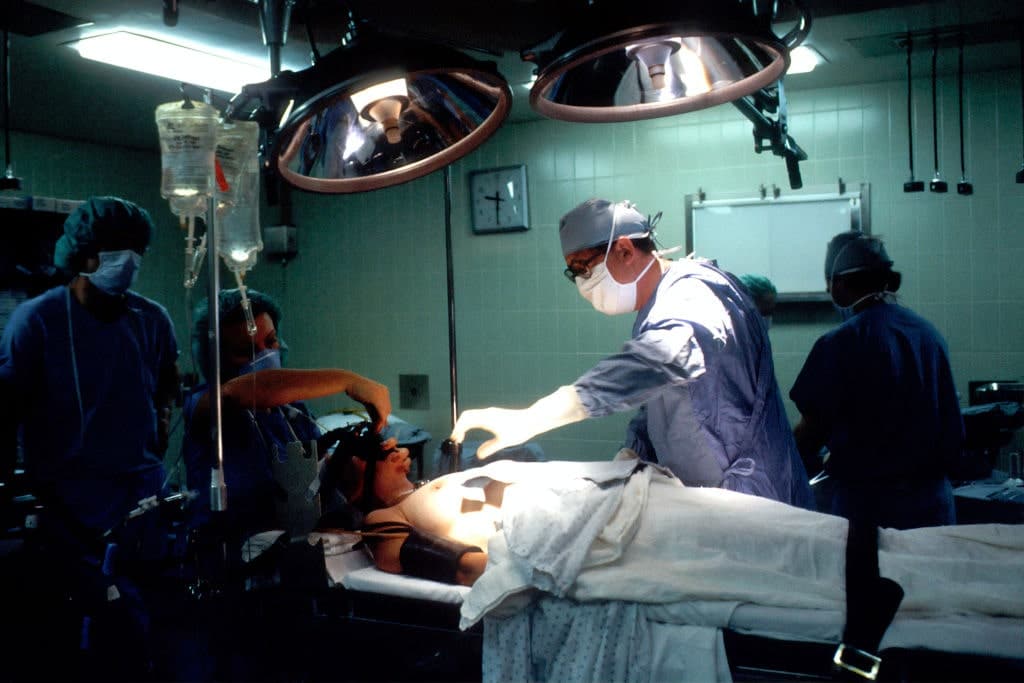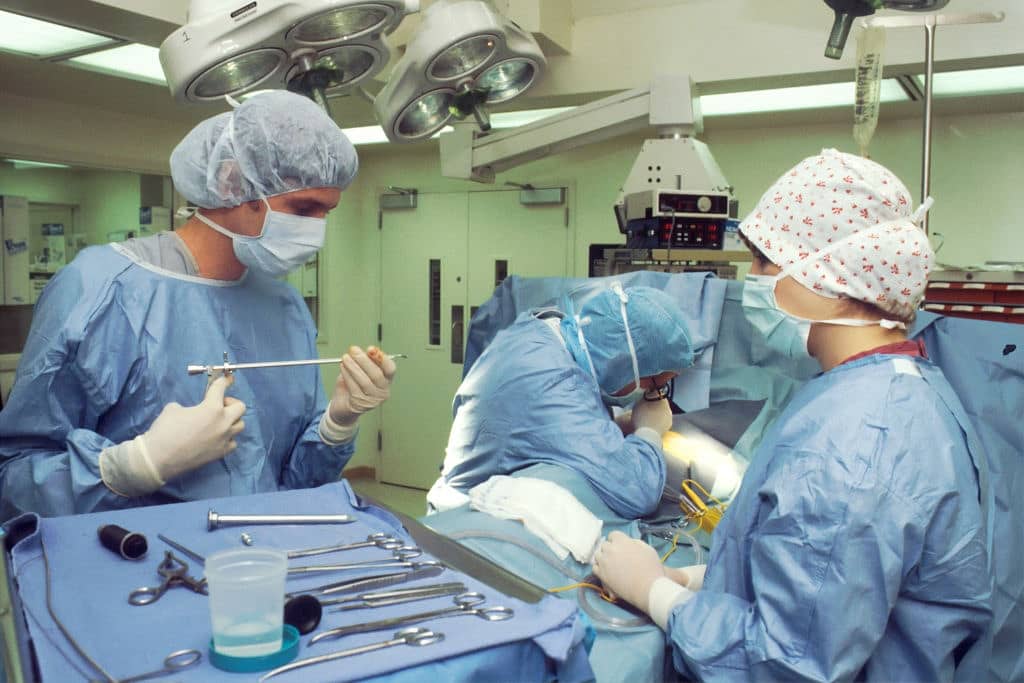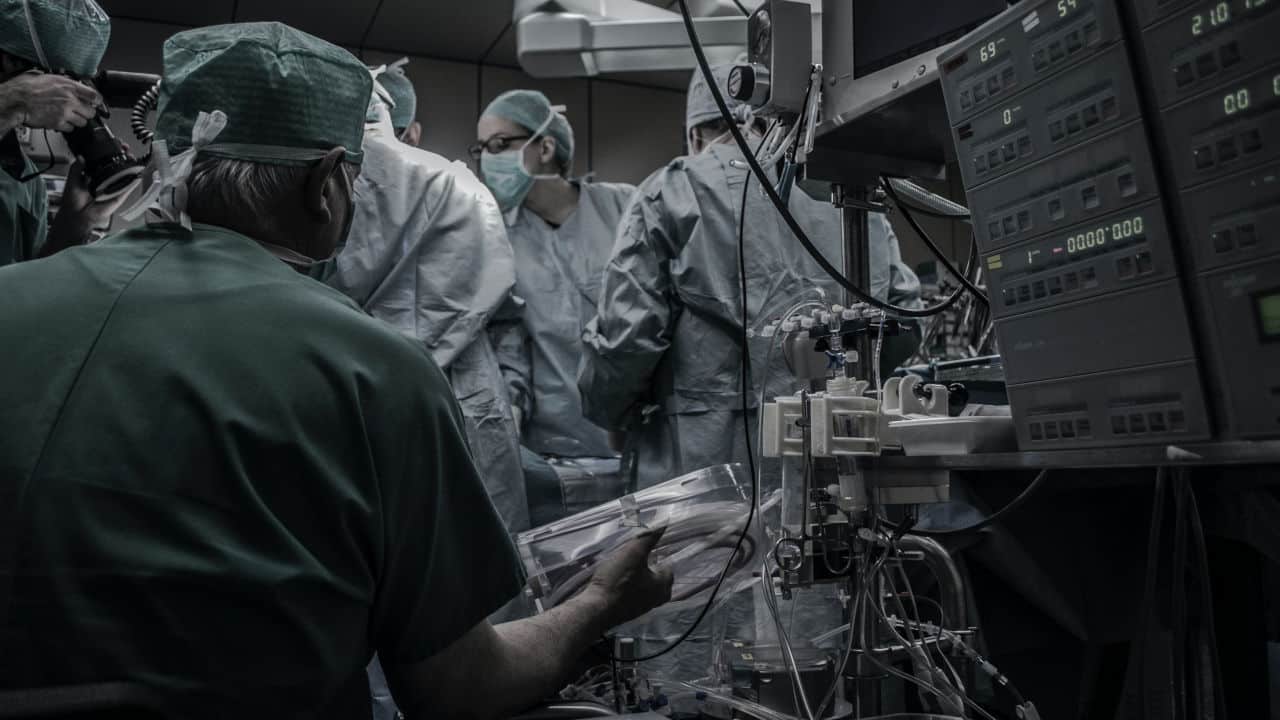The pituitary gland is a pea-sized gland situated above the inside of the nose and the base of the brain. However, It controls the majority of bodily hormones. That is why a Transsphenoidal surgery is the perfect choice if you need to patch it up.
Pituitary tumors are abnormal growths that form in the gland and are mostly benign. They do not metastasize to other body regions, although they can result in many complications if untreated.
Pituitary tumors are the third most frequent intracranial neoplasm. It makes up 10% to 15% of all identified intracranial tumors.
When the tumors enlarge, they can lead to issues like vision loss, double vision, eyelid drooping, and excruciating migraines. It can cause hormone imbalances. Such hormonal imbalances lead to lightheadedness, excessive thirst, weariness, and a sensitivity to the cold.
Surgical removal is one of the most popular treatments for pituitary tumors. The most frequent method of removing a pituitary tumor is through transsphenoidal surgery.
The neurosurgeon accesses the tumor via the nasal passages and the sphenoid sinus rather than performing a standard craniotomy on the skull.
Transsphenoidal surgery reduces the chance of problems, produces no visible scarring, and speeds up recovery. This is because the pituitary gland is accessed from beneath the brain. Hence, making it a less invasive method.
What Are Some Complications That May Arise From Transsphenoidal Surgery?
Transsphenoidal surgery is a relatively safe procedure when carried out by qualified surgeons. However, it may carry several risks of complications as any surgical procedure. This is mostly in cases where some surgeons fall short of the standard of care that most offer.
Common complications after surgery include bleeding, infection, blood clots, and anesthesia-related side effects
The pituitary gland is close to the base of the skull. Therefore, surgeons must maintain the correct angle of approach and be mindful of the anatomy around it.
When a surgeon fails to exercise the degree of skill and care generally required of surgeons under similar circumstances, it often leads to grave consequences for the patient. The brain and nearby arteries may be damaged as a result of negligence.
Let’s consider some complications that can occur as a result of the negligence of a surgeon or hospital.
Vision Loss
The nerve that enables vision is in the vicinity of the pituitary gland. During surgery, the optic chiasm can be harmed.
Vision loss after a pituitary gland surgery can either result from surgical errors during the procedure or delayed diagnosis of pituitary tumors.
Pituitary tumor symptoms frequently start with vision issues. Blood tests, brain scans, endocrine functioning tests, visual field tests, and pituitary tumor imaging are all methods for making the diagnosis. Without a diagnosis, a pituitary tumor may grow and cause significant problems. This type of loss of vision is often permanent.
Any degree of vision loss can take away someone’s freedom and sense of self. It can make formerly simple tasks extremely difficult.
An example of the grave consequences of a failure to diagnose a pituitary tumor can be seen in this case.
Here, a woman discovered she could no longer see entire lines of text due to eyesight problems. Ophthalmologists evaluated her and determined there was no issue. She was assessed again in later years and assured there was nothing wrong despite her intermittent visual issues.
After experiencing sudden, excruciating headaches a year later, the woman was rushed to the hospital. It was discovered that she had a pituitary tumor. The growth had likely been there for up to five years.
The woman’s pituitary tumor had grown so big and apoplectic due to the delay in diagnosis. This led to the sudden development of headaches and visual complaints. The tumor became challenging to remove, making her irreversibly blind.

Severe Bleeding
The pituitary gland is in close proximity to the carotid arteries. Therefore, transsphenoidal surgery runs the risk of experiencing significant intraoperative bleeding.
If a significant blood vessel is injured during surgery, heavy and prolonged bleeding may occur into the brain or from the nose.
Moreover, increased bleeding makes it more difficult for the neurosurgeon to distinguish between tumor and normal tissue. Catastrophic difficulties, such as damage to nearby structures, could result from this.
An example is seen in a case where a minor pituitary tumor had been identified in the plaintiff, and transsphenoidal surgery was scheduled to remove it.
The plaintiff experienced severe brain bleeding after the procedure. Pathology tests from the operation revealed that brain tissue had unintentionally been taken out.
In another case, a 41-year-old man suffered from a tumor removed by transsphenoidal surgery.
During the surgery, he had severe complications, such as bleeding. Moreover, he also experienced speech, motor, bowel, and bladder impairment after the surgery. The state approved a $7.5 million settlement for the damage done to the man.
In cases such as this, medical animation can bring to light the surgical mistake that had occurred. It can illustrate the connection between the damage caused and the resultant effect of such damage.
Diabetes Insipidus
Diabetes insipidus may result from injury to the posterior lobe of the pituitary gland. This is part of the pituitary gland that aids urine regulation. This hormone is highly beneficial in controlling fluid volume and urine output. It achieves this function by reducing the amount of urine excreted and improving water absorption.

How Can Medical Animation Illustrate the Dire Consequences of Medical Negligence?
Some injuries are unavoidable during transsphenoidal surgery. But, some happen as a result of the surgeon’s negligence.
Negligence always has dire consequences for the patient. Therefore, the patient cannot afford a case without receiving adequate compensation for the losses they must have incurred.
One of the most challenging aspects of a medical negligence case is the complexity of the surgical process.
Jurors are chosen from the general population. The majority of jurors lack any medical training. They often need help understanding transsphenoidal surgery due to its technicality. Medical malpractice matters are often too technically complex for the average layperson to understand correctly.
This is why an expert witness is crucial in any medical malpractice case. However, the expert witness might need help clearly conveying the procedures and complications of the transsphenoidal surgery.
Where this is the case, medical animation can demonstrate that a preventable medical error caused the client’s damage through 3D graphics. This visual technique that condenses complex facts, supports expert testimony, and engages the audience with compelling clarity would give the victim the upper hand.
Let’s consider the case of Manswell v. Montefiore Medical Center. In this case, the plaintiff claims that the defendant’s negligence led to several complications for the decedent after the transsphenoidal operation to remove a pituitary tumor.
In such an instance, medical animation can illustrate various medical concepts to the jurors. It can be used to describe both the entire surgical procedures of transsphenoidal surgery and how the surgeon must have damaged any part of the pituitary gland. Hence, resulting in complications.
In addition, medical animation can be effective when the expert witness has to draw attention to a particularly upsetting surgical injury. Such injury can include damage to the carotid artery that causes severe bleeding to the victim.
Conclusion
Transsphenoidal surgery animation significantly improves clarity when a victim needs to explain how a surgical error led to a complicated anatomical chain of events that caused injury to other parts of the body.
However, the attorney must use the services of an experienced medical animation company to clearly show the jury the case’s facts. At Fox-AE, our medical animators can create a three-dimensional animation and several other types of demonstrative exhibits to help the jury understand complex scientific and anatomical principles.





